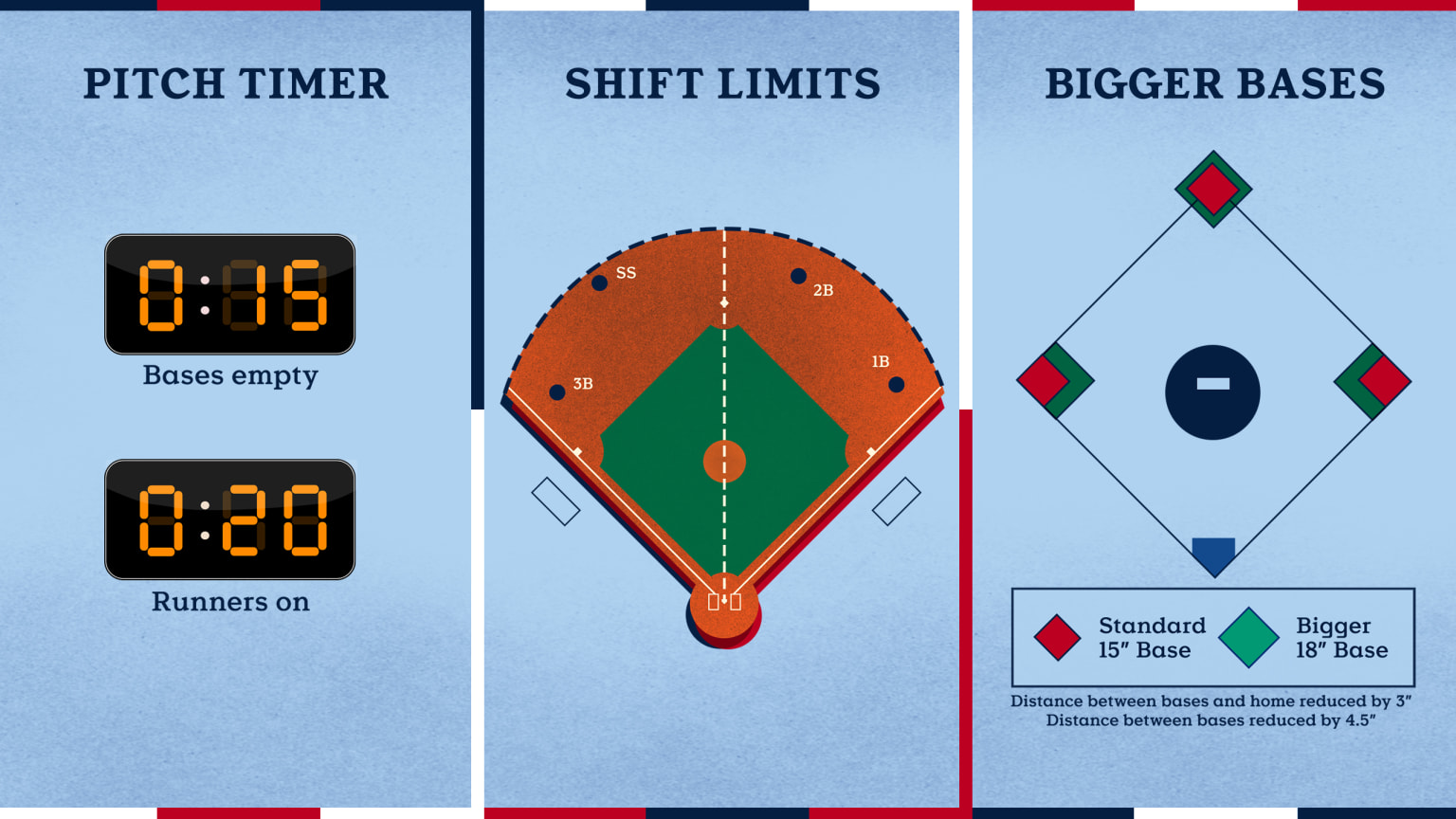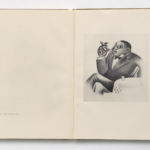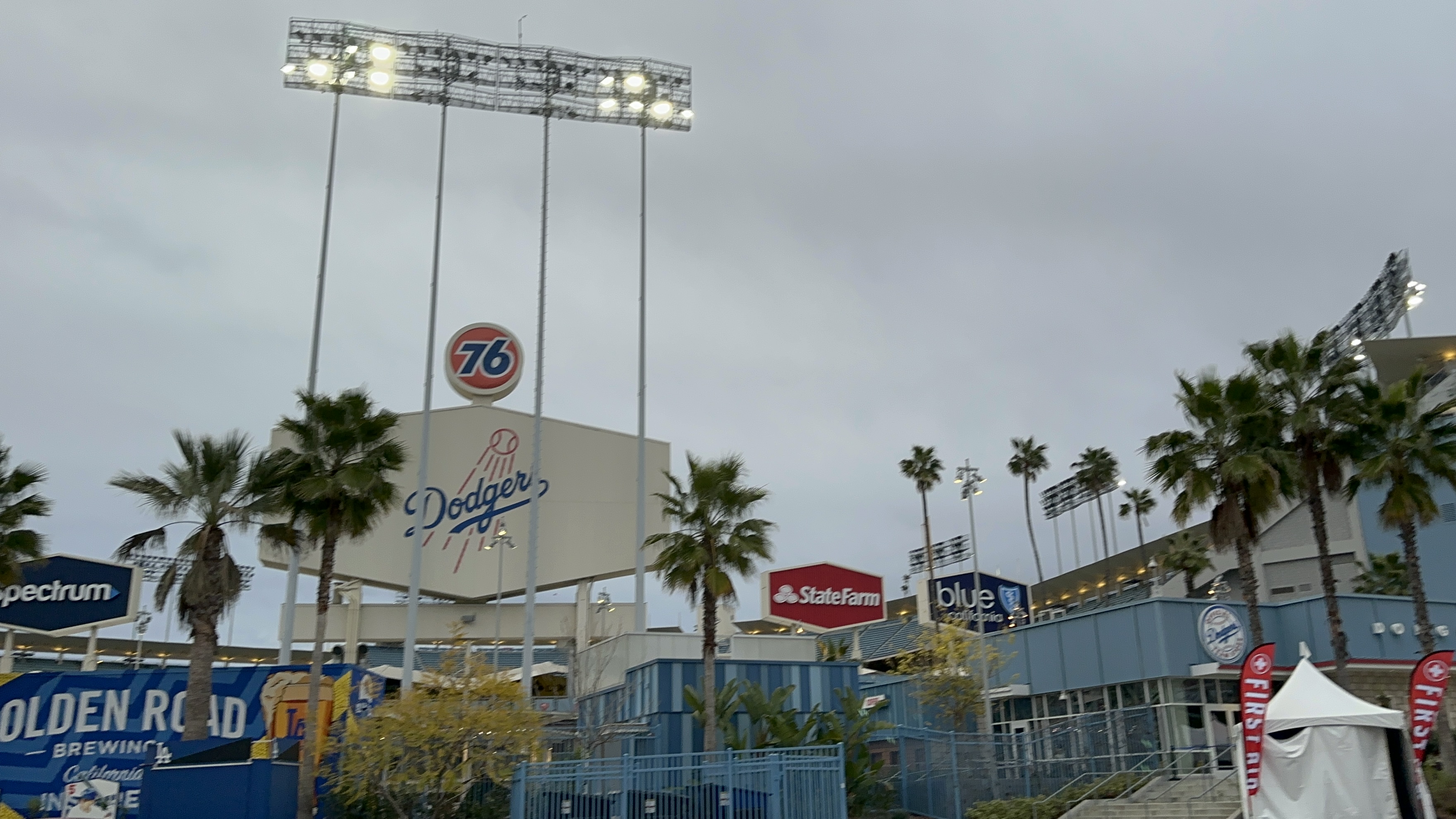Pitch timer, shift restrictions among announced rule changes ahead of 2023 season

The 2023 Major League Baseball season brings a wave of rules changes collectively aimed at improving the game’s pace of play and increasing action on the field.
The arrival of the pitch timer, restrictions on defensive shifts and bigger bases makes for one of the more ambitious adaptations to the rule book in the modern era.
So here’s a handy guide to understanding the new rules and why they are being implemented.
What are the new rules?
There are three, and we’ll break them down in detailed sections below.
1. Pitch timer: The length of games will still be determined by innings, not minutes. But to create a crisper pace, there will be a 30-second timer between batters and then a shorter time limit between pitches. Pitchers will be required to begin their motion 15 seconds after receiving the ball with the bases empty or 20 seconds after receiving the ball with runners on base. If they don’t, they will be charged with an automatic ball.
THE PITCH TIMER
What is the purpose of the pitch timer?
To reduce the dead time between pitches and create a crisper pace of play. The average time per game has consistently been at or above three hours since 2012. The goal is to provide more action in a shorter window of time, as opposed to less action in a longer window.
“Initially, I hated [the pitch timer],” said MLB veteran Matt Carpenter, who spent time in Triple-A in 2022 playing with the pitch timer. “I grew into liking it a lot — to the point where I would fully endorse it in the Major League game … The big selling point is that the pace of the game is way better. It just is.”
Pitchers will also be limited to two disengagements from the mound (i.e. pickoff attempts or step-offs) per plate appearance with a runner on base. The disengagements reset the clock.
Batters, meanwhile, must be in the batter’s box and alert to the pitcher by the 8-second mark on the clock, or else be charged with an automatic strike.
2. Shift restrictions: The defensive team must have a minimum of four players on the infield, with at least two infielders completely on either side of second base. These restrictions are intended to increase the batting average on balls in play, and allow infielders to better showcase their athleticism with great defensive plays.
SHIFT RESTRICTIONS
What is the purpose of the defensive shift restrictions?
To improve the likelihood of balls in play leading to more traditional outcomes and to showcase the athleticism of rangy defenders up the middle.
As a frame of reference, thanks in part to the prevalence of extreme defensive shifts, the MLB-wide batting average on balls in play in 2022 was .290 — seven points lower than a decade earlier.
3. Bigger bases: First, second and third have been expanded from 15 inches on each side to 18 inches on each side, while home plate remains unchanged. The primary reason why the bases are bigger is safety, giving fielders and runners more room to operate without colliding. But the slightly decreased distance between bases could help runners on stolen-base attempts and bang-bang plays.
BIGGER BASES
What is the purpose of the bigger bases?
The primary purpose is player safety, providing more room for the players to operate around the bases without colliding into each other. This is particularly helpful on the many close plays at first base.
In the Minor Leagues, injury events near the bases went from 453 with the old bases in 2021 to 392 with the bigger bases in 2022.



























[…] day (March 30). In an effort to make up for the lack of diversity and excitement within the sport, three new rules will also help bring in the 2023 season. The League will implement a pitch timer, limits on defensive shifts and bigger bases to cut down […]